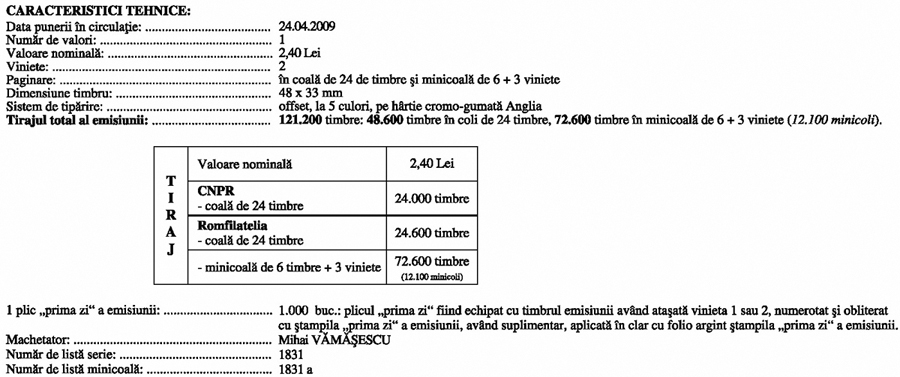 The Earth, “The Blue Planet”, which was called by different names: Pavimentum, in Latin, Gaia, in Greek mythology, Tellus, in Roman mythology, and whose age is considered to be more than 4.5 billion years, hides in its solid layers of the continent and under the seas, a huge reservoir of resources that has ensured the perpetuation of life and the progress of human society. The Earth, “The Blue Planet”, which was called by different names: Pavimentum, in Latin, Gaia, in Greek mythology, Tellus, in Roman mythology, and whose age is considered to be more than 4.5 billion years, hides in its solid layers of the continent and under the seas, a huge reservoir of resources that has ensured the perpetuation of life and the progress of human society.
The Earth, “The Blue Planet”, which was called by different names: Pavimentum, in Latin, Gaia, in Greek mythology, Tellus, in Roman mythology, and whose age is considered to be more than 4.5 billion years, hides in its solid layers of the continent and under the seas, a huge reservoir of resources that has ensured the perpetuation of life and the progress of human society. The Earth, “The Blue Planet”, which was called by different names: Pavimentum, in Latin, Gaia, in Greek mythology, Tellus, in Roman mythology, and whose age is considered to be more than 4.5 billion years, hides in its solid layers of the continent and under the seas, a huge reservoir of resources that has ensured the perpetuation of life and the progress of human society.
Among the underground natural resources, natural gas belongs to the direct energy sources or to those converted into various forms of energy. Their origin and the processes of accumulation in the earth crust are closely linked to the transformation of the liquid or solid organic matter into the natural gas accumulated in the depths of the earth crust.
Usually associated with oil, natural gas was generated through complex transformations that took place 15-600 million years ago and was considered as an energy resource at the beginning of the 19th century. In time, it has substituted other energy types and resources, currently covering 24% of the global energy demand.
The presence of natural gas was recorded in Europe, between 1701 and 1750, on the territory of Poland, near the mineral water springs in Blekota, being perceived as gas emanations that looked like “weak flames”.
In Transylvania, in 1909, the drillings, targeting sodium and potassium deposits, highlighted the presence of natural gas as high pressure accumulations in the earth crust.
Rated, at that time, as the fourth gas well in the world, based on its gas flow rate, the well 2 Sarmasel (Mures County) is considered to be the first natural gas well on the current territory of Romania.
In 1914, after assessing the advantages of exploiting such a reservoir, the well 2 Sarmasel was connected to the first steel pipe for the transportation of natural gas (Sarmasel – Turda), in order to ensure the supply of gas to certain industrial consumers in Turda, including supply of gas for the street lighting system in Turda, a première in Europe.
During a period of about seven decades, (1909-1935 and 1951-1993), the well 2 Sarmasel provided a volume of 1.4 billion m³ (10% of Romania´s current production).
Considered a Monument of Gas Science and Technology, the well 2 Sarmasel is currently included in the patrimony of S.N.G.N. ROMGAZ S.A., in Medias, a company that has rendered profitable a 100 year experience in the natural gas field. With 6 branches in cities like Medias, Targu Mures, Ploiesti and Bratislava, ROMGAZ exploits 3,600 gas wells, which produce an annual gas volume equivalent to 40% of Romania´s consumption, and has a storage capacity of over 2.5 billion m³/cycle in 6 underground gas storages.
Besides being concerned with finding new natural gas reservoirs and ensuring their continuous delivery, the company focuses on minimizing the negative impact on the environment.
Since the discovery, in 1909, of natural gas on the present-day territory of Romania, rendering profitable the 100 years of experience in the field of gas production and underground storage, ROMGAZ has been a company of high performance and a continuous presence on the natural gas market.
On the occasion of the 100th anniversary of the natural gas discovery on the territory of our country, Romfilatelia introduces into circulation the postage stamps issue ROMGAZ – 100 years (1909 – 2009).
We bring here special thanks to S.N.G.N. ROMGAZ S.A. Medias and Engineers Society of Natural Gas Field Medias for the documentary consultancy offered for the accomplishment of this philatelic issue.
Issue date: 2009-04-24



